New Scientist covers the latest developments in science and technology that will impact your world. New Scientist employs and commissions the best writers in their fields from all over the world. Our editorial team provide cutting-edge news, award-winning features and reports, written in concise and clear language that puts discoveries and advances in the context of everyday life today and in the future.
Elsewhere on New Scientist
It’s a question of timing • Pinning down dates can completely upend our understanding of events
New Scientist
Glow of Etna’s latest lava flow
Frozen brain tissue brought back to life • Mouse brain tissue has survived being frozen for a week, in a step towards suspended animation of people, finds Michael Le Page
Surprising fossils suggest early animals could survive out of water
Torrential rain didn’t replenish California’s deep groundwater
The coming drone wars • Future conflicts are likely to involve the kind of drone deployment currently being seen in Ukraine, so how are the world’s militaries preparing, asks David Hambling
Megalodon sharks may have fought with their jaws
Analysis Conservation • Is rewilding actually bad for global biodiversity? Conservation projects in wealthy but nature-depleted countries can cause food and timber production to “leak” into poorer, wildlife-abundant nations, finds Madeleine Cuff
Microbe dyes could make clothes greener
Pompeii’s streets show switch to Roman rule
Most Europeans probably had dark skin until 3000 years ago
Modified cells could help prevent clogged arteries
Earth’s core pulled out of shape • Seismic waves suggest the change happened in the past few decades
Feathered dinosaur may be the earliest known bird
Tiny galaxy may host huge black hole • Supermassive object seems to sit at centre of the Large Magellanic Cloud, firing stars our way
Ozempic-like drugs may help with alcohol addiction
Exoplanet may be the most volcanic world ever seen
Firms’ plans for net-zero oil extraction labelled as ‘PR spiel’
Why we crave dessert even when we are full
People are starting to trust AI more
We’re closing in on the neutrino’s size • It is tricky to work out how big a neutrino is, but now we are starting to narrow down its true value
Moth uses optical illusion to disguise itself as a leaf
No comparison • Humans learn very differently to machines, thanks to our biased, malleable memory – and that’s a good thing, says Charan Ranganath
Lost in space-time • Look at the stars How does astronomy fit into astrophysics – and does it matter? We need to think more carefully about how we categorise the universe, says Chanda Prescod-Weinstein
Going deeper
What will survive of us? • Millions of years after humans vanish, fossil clues showing how we lived and dominated the planet may confuse future civilisations, finds Chris Simms
Waking up as me • A terrifying but fascinating book shows how our identities hang by slender neurological threads, finds Grace Wade
New Scientist recommends
The film column • Straw robots Companion is a horror-comedy that sets out to deconstruct men’s objectification of women. It also asks good questions about why we want robots in the first place, but sadly there is a logical hole at its centre, says Simon Ings
Your letters
WHEN? • Exploring seven of the biggest chronological conundrums of all time
Social ills • Is your online life triggering symptoms of real-life sickness? David Robson looks at how to avoid falling foul of the placebo effect’s evil twin, the nocebo effect
Taking it outside • Numerous studies show that exercising outdoors has a slight edge on...
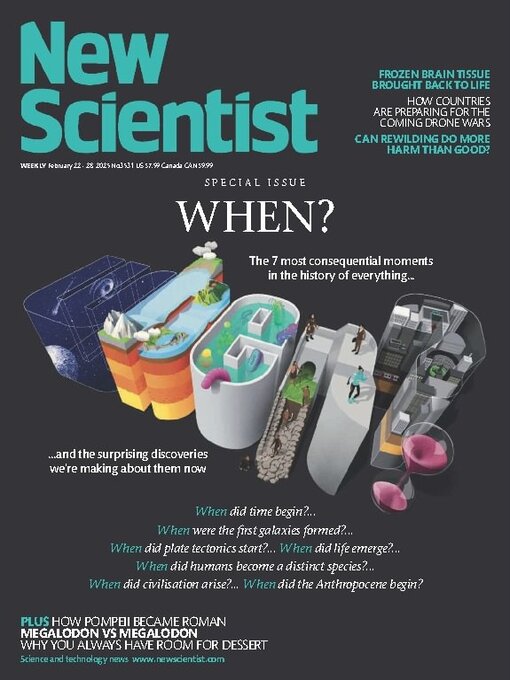
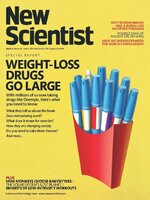 Mar 29 2025
Mar 29 2025
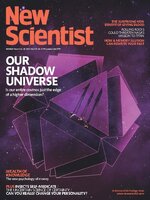 Mar 22 2025
Mar 22 2025
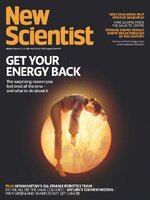 Mar 15 2025
Mar 15 2025
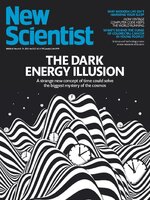 Mar 08 2025
Mar 08 2025
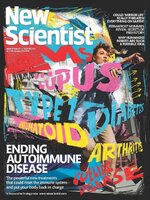 Mar 01 2025
Mar 01 2025
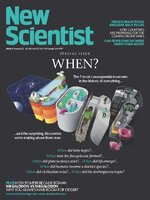 Feb 22 2025
Feb 22 2025
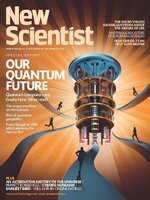 Feb 15 2025
Feb 15 2025
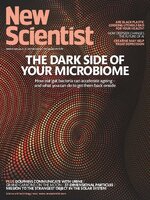 Feb 08 2025
Feb 08 2025
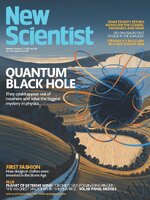 Feb 01 2025
Feb 01 2025
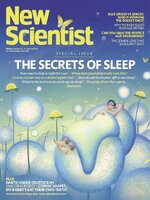 Jan 25 2025
Jan 25 2025
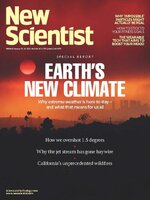 Jan 18 2025
Jan 18 2025
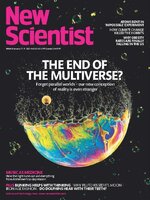 Jan 11 2025
Jan 11 2025
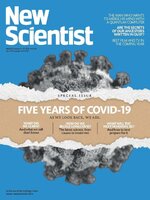 Jan 04 2025
Jan 04 2025
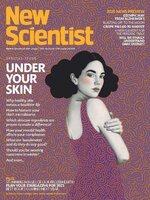 Dec 28 2024
Dec 28 2024
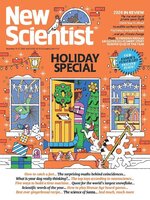 Dec 14 2024
Dec 14 2024
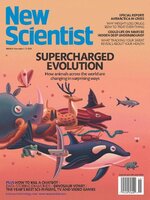 Dec 07 2024
Dec 07 2024
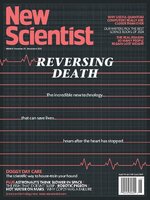 Nov 30 2024
Nov 30 2024
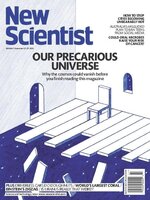 Nov 23 2024
Nov 23 2024
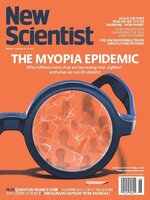 Nov 16 2024
Nov 16 2024
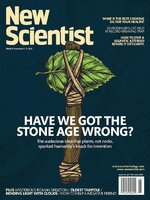 Nov 09 2024
Nov 09 2024
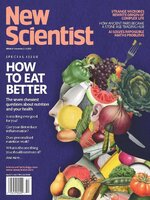 Nov 02 2024
Nov 02 2024
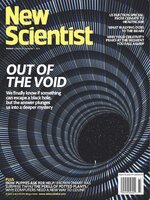 Oct 26 2024
Oct 26 2024
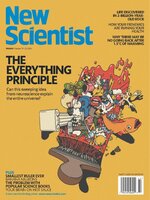 Oct 19 2024
Oct 19 2024
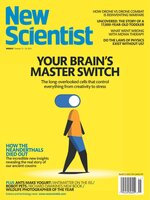 Oct 12 2024
Oct 12 2024